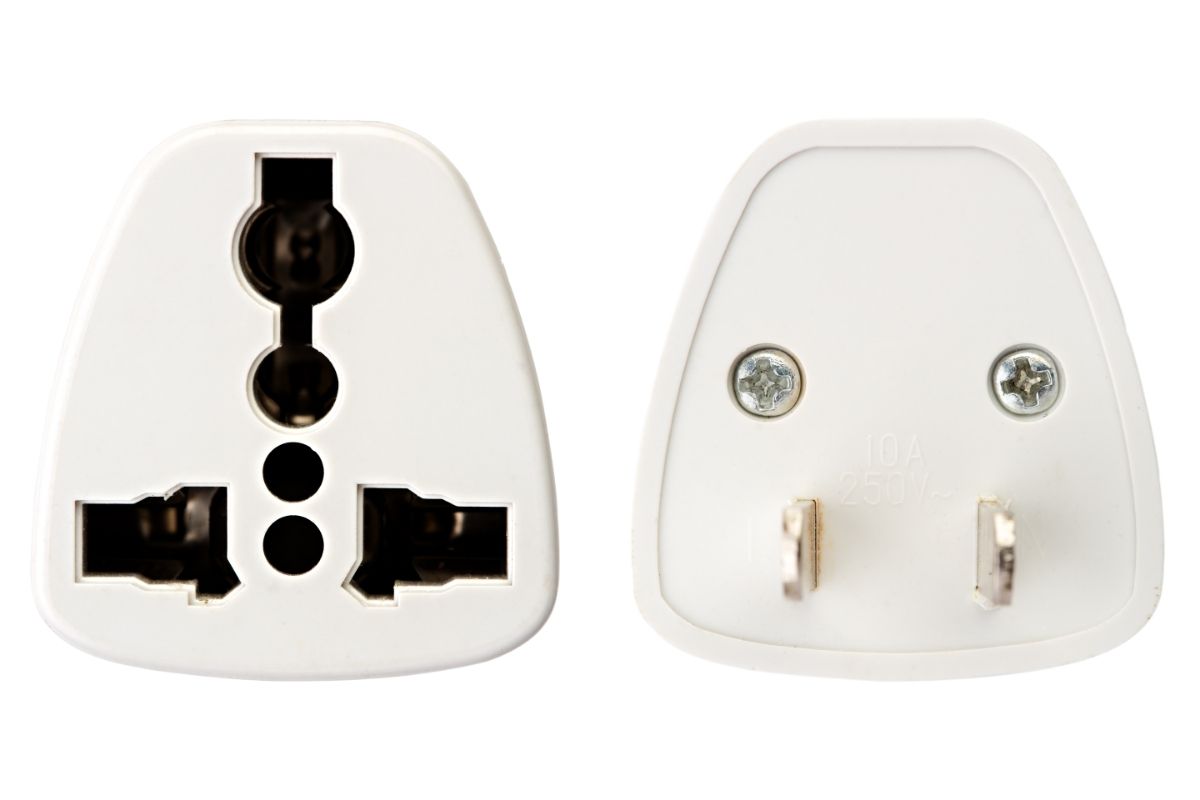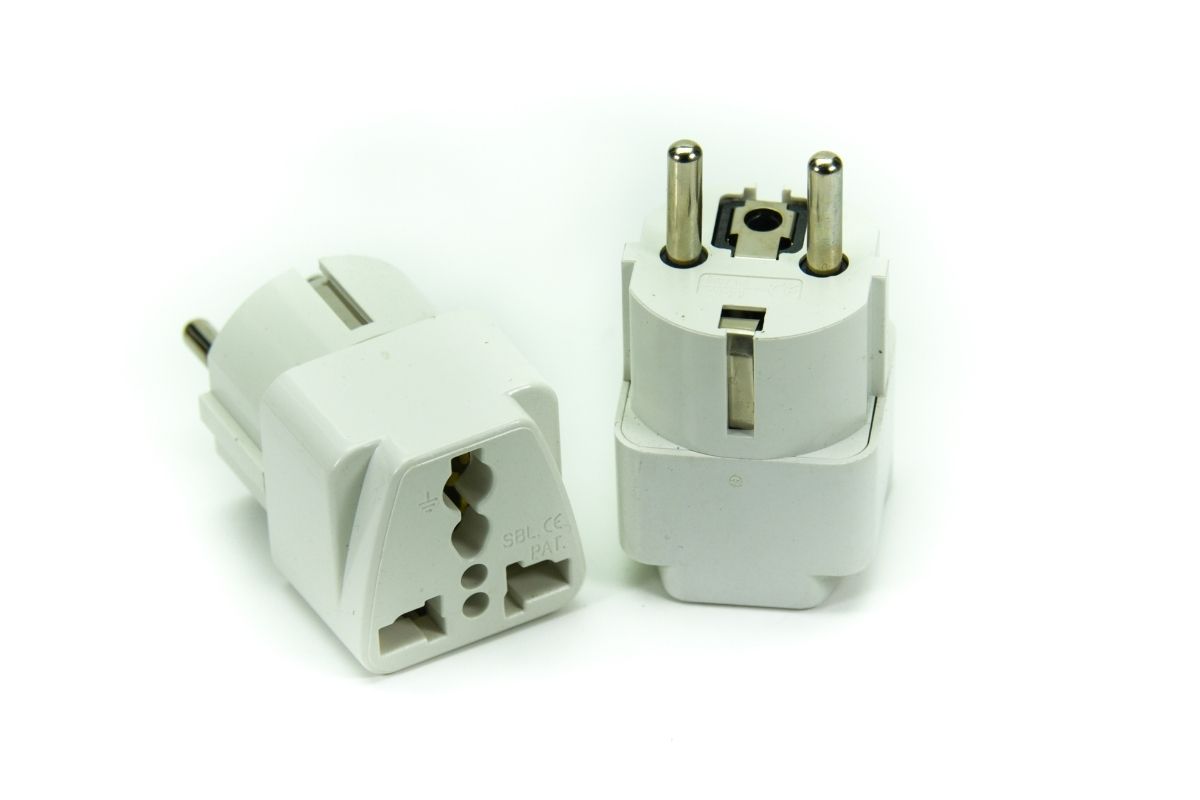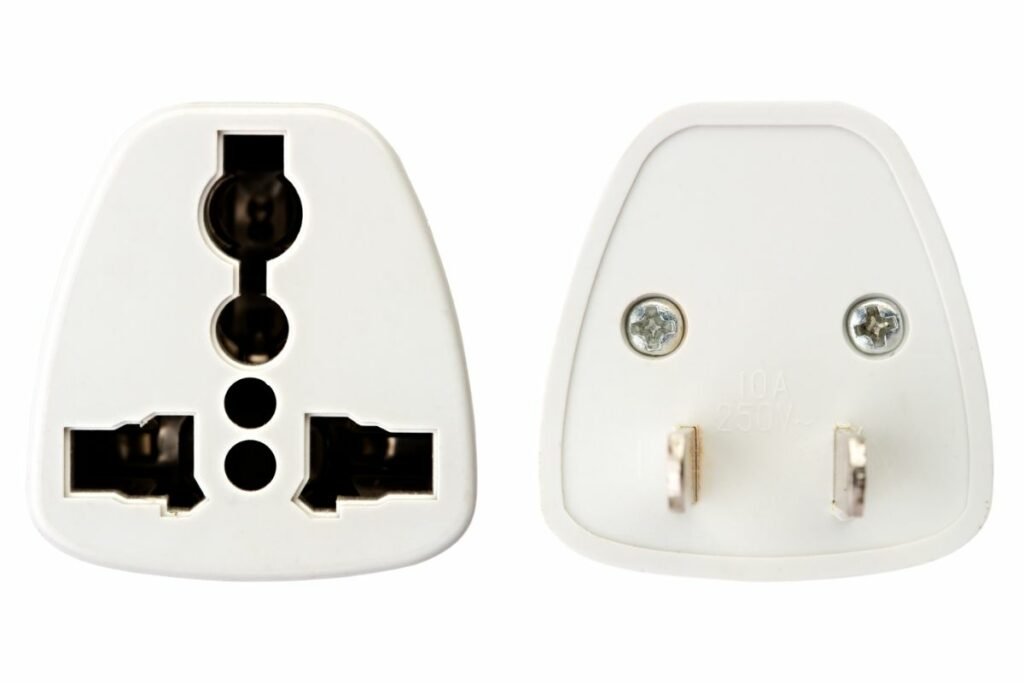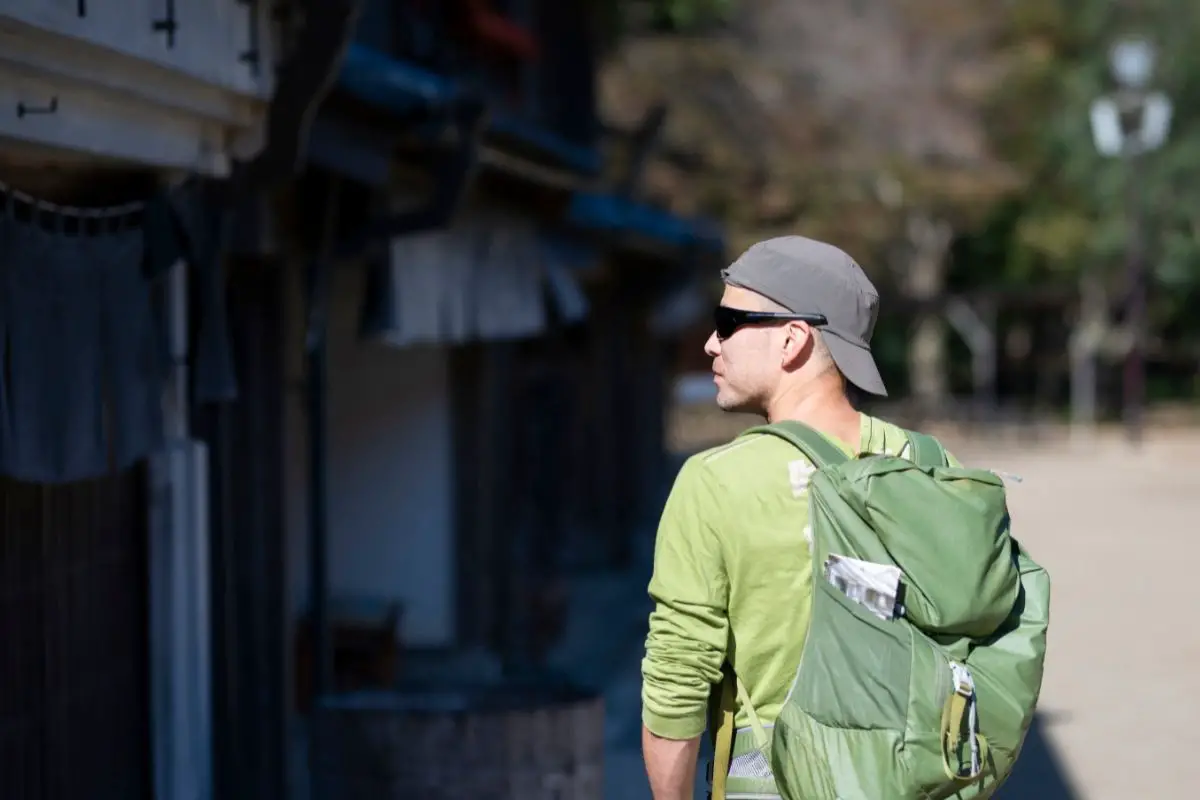Are you planning to visit Japan soon? If yes, then you have made a very good choice in your travel destination.
From beautiful temples secluded in mystical woodland to sprawling urban landscapes, Japan offers a lot of variety and wonderful experiences for tourists.

However, if you want to bring any electronic devices with you on your trip, then you will want to make sure you can charge them once you get there.
Not all Japanese electrical outlets will accept American plugs, and even those that have the right shape may output a different voltage than your devices are used to.
Trying to charge electronics through an outlet that doesn’t output the right voltage can have disastrous consequences. So, before you book your flights to Japan, check out our guide on what type of power Adapters you’ll need to run all your devices without a hitch.
What Type of Wall Outlets Do They Have in Japan?
The two most common forms of power sockets found in Japan are types A and B, both of which are commonly found in North America.
Type A outlets are not grounded and therefore only have two holes for the prongs on the plug. On the other hand, Type B plugs are grounded and have a third prong to accommodate for this.
Those living in the US will be very familiar with type B sockets and may be thinking that they won’t need a power adapter for their trip at all.
Unfortunately, it isn’t that simple, as the type A sockets are far more common in Japan, which will present a problem if the plugs on your devices all have three prongs.
This is where the power Adapter comes into play, and you will want to specifically look for one that allows you to plug three-pronged devices, like your laptop charger, into type A sockets.
What Is the Voltage Output From Wall Sockets in Japan?
Mains electricity comes out of the power sockets in our walls at a set voltage, 110V in the US.
In Japan, the standard voltage of all wall outlets is slightly lower, resting at about 100V.
For devices like phones and laptops, this may not be an issue, since many of the chargers for these appliances are dual voltage and capable of working with lower or higher voltages.
To find out if you have a dual voltage charger, check the small print on the plug. If the input is labeled as 100-240V 50/60Hz, then your charger will automatically adjust the voltage it draws from the wall to protect your device from damage.
However, this isn’t the case for most appliances that contain heating elements, such as hair dryers or straighteners.
If you plan on taking one of these on your trip, you may need a separate voltage converter to protect your device.
If your electronics can’t draw enough volts, they will require higher amperage to run, which may cause certain components within them to overheat.
Overall, if you’re traveling to Japan with a device that requires 110V/220V (US), then you will probably need to purchase a power adapter that has a voltage converter built in.
However, you may be better off leaving any electronics that aren’t dual voltage at home, so they won’t be damaged if the voltage converter in your Adapter fails.
What Effect Will Electrical Frequency Have On My Devices?
As well as having a slightly lower voltage, wall outlets in Japan can also produce a lower electrical frequency depending on where you are in the country.
In the US and the western regions of Japan, the standard electrical frequency of most sockets is 60hz, while in eastern Japan it is only 50Hz. This is very unlikely to have a significant effect on most devices, especially phones or laptops.
However, it can cause digital clocks or timers to lose time, which is something to bear in mind if you have such an appliance in your luggage.
Do Power Adapters Also Work As Voltage Converters?

Although they are commonly confused, power adapters and voltages converters serve very different functions.
Adapters simply allow you to transform one type of wall outlet into another. They have the necessary prongs for plugging into a specific socket on one side, with a different outlet on the other side.
They often come with USB ports as well for charging phones and tablets.
Voltage converters on the other hand do exactly what their name suggests. These devices convert from one form of electricity to another so that your device can use the correct voltage.
They also provide protection against overcurrent and short circuits, which can cause your electronics to overheat and break.
Many chargers are dual voltage, which means they are capable of acting as basic voltage converters on their own.
Why Does Japan Use Two Different Electrical Frequencies?
Electrical transmission in Japan is divided between the eastern and western regions of the country.
The two halves use different mains electrical frequencies, with the eastern area using 50hz and the western one using 60hz.
This is due, in part, to power plants in the two regions buying different forms of electrical generators. Plants in Osaka bought their generators from General Electric in 1896 while the city of Tokyo bought theirs from AEG in 1895.
Conclusion
If you’re planning on bringing any electronic equipment with you when visiting Japan (see also ‘How Much Cash To Bring To Japan‘), it’s important to bring a power adapter capable of accommodating the different wall outlets you will likely encounter.
Otherwise, you could end up damaging your expensive gadgets or simply not being able to plug them in.
At the end of the day, you should probably invest in a power adapter over a voltage converter.
Adapters make sure that you always have the right plug socket for your appliances, no matter where you are.
Converters on the other hand can be more volatile and likely to fail, which will cause permanent damage to your electronics.
Before traveling, think carefully about what devices you will need, and which may be better off left at home. Not only will this help to prevent stress, but it will also save you valuable luggage space for bringing back souvenirs from your trip.









